| Structure | Name/CAS No. | Articles |
|---|---|---|
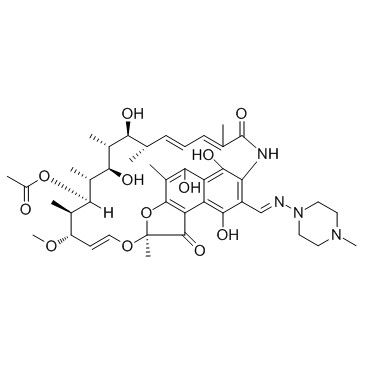 |
Rifampicin
CAS:13292-46-1 |
|
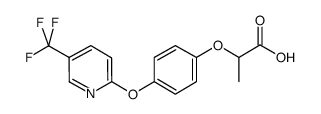 |
fluazifop
CAS:69335-91-7 |
|
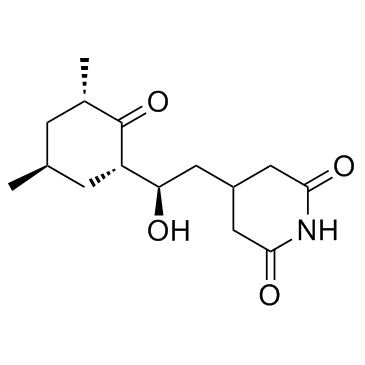 |
Cycloheximide
CAS:66-81-9 |
|
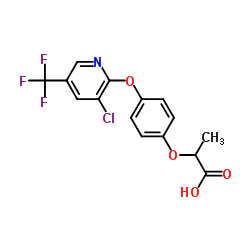 |
haloxyfop
CAS:69806-34-4 |
|
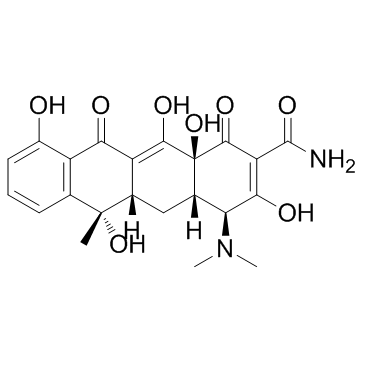 |
Tetracycline
CAS:60-54-8 |
|
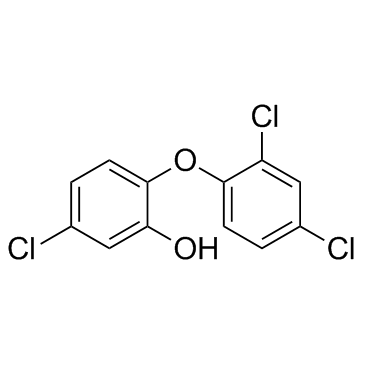 |
Triclosan
CAS:3380-34-5 |